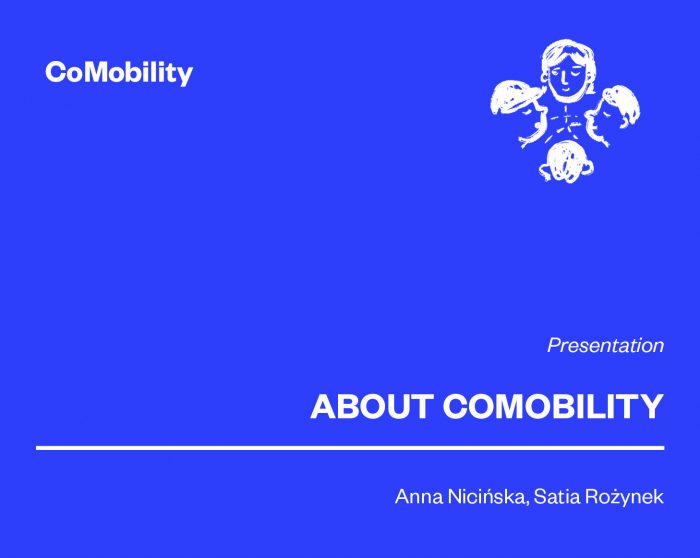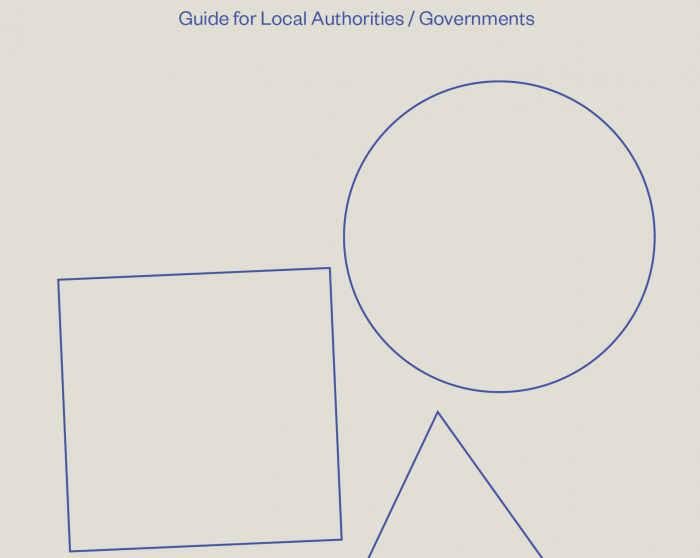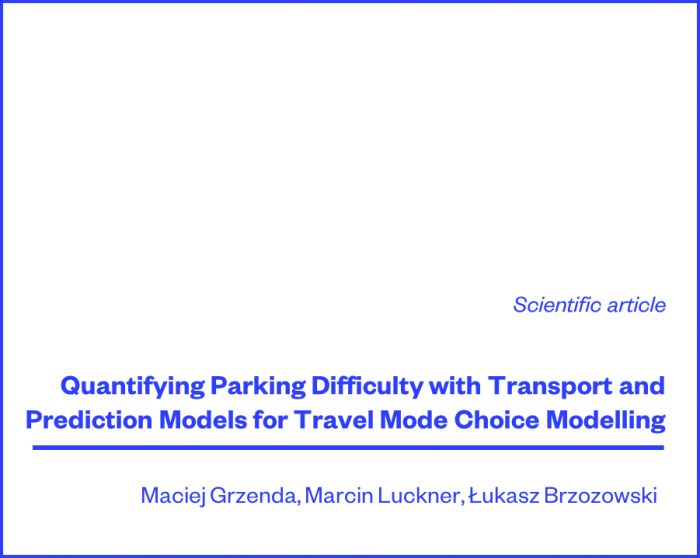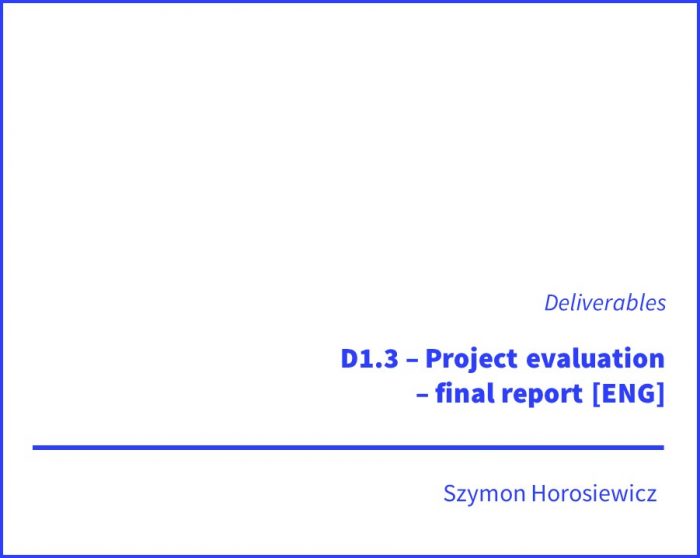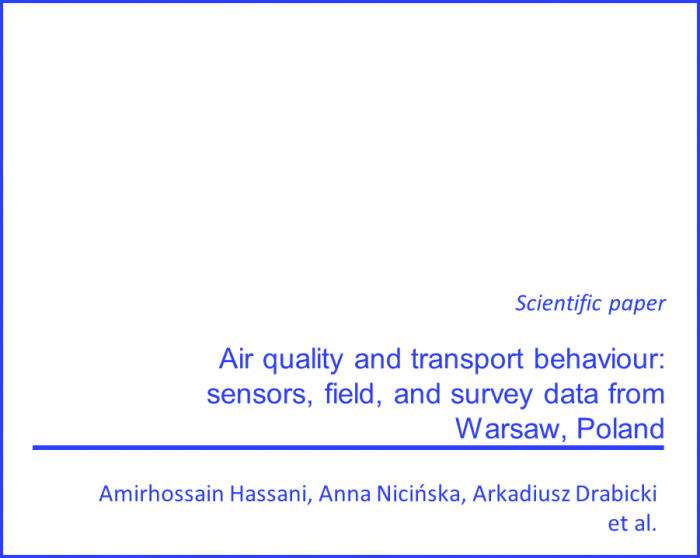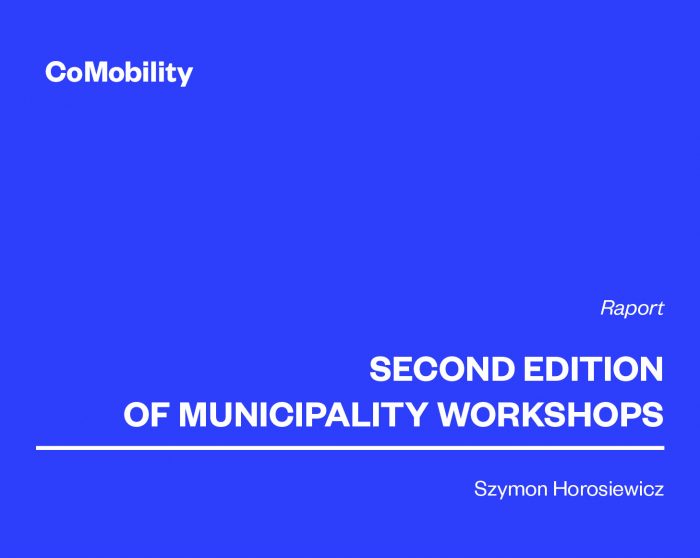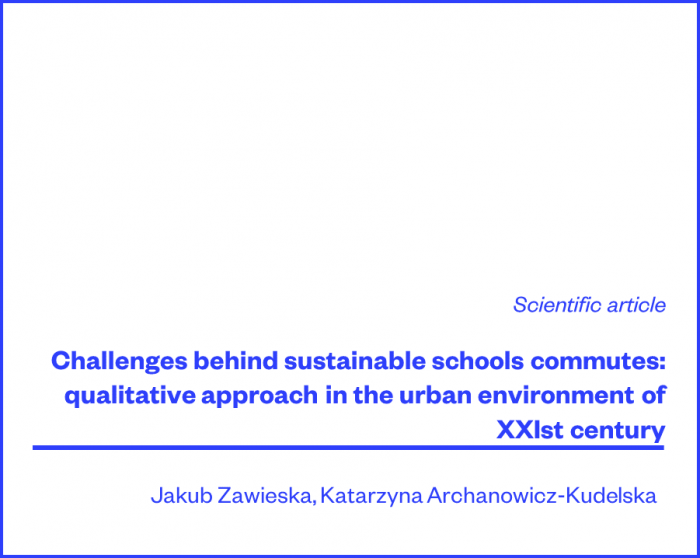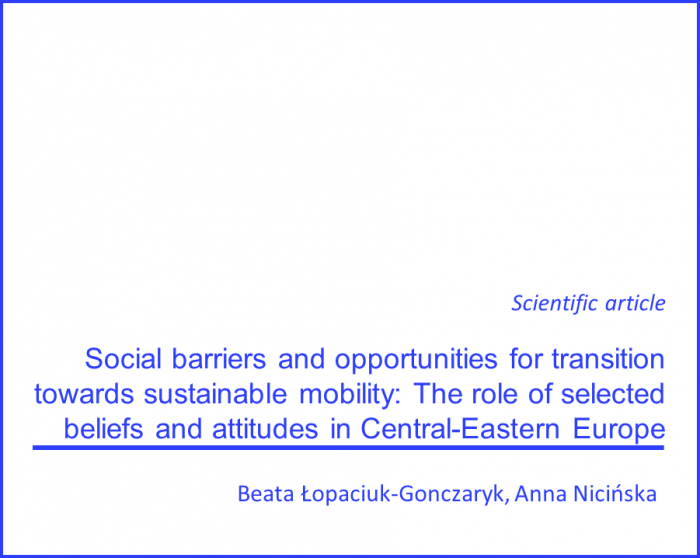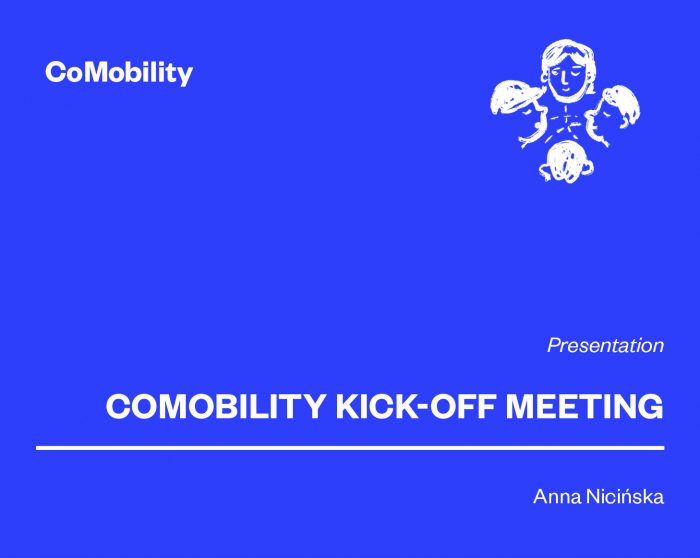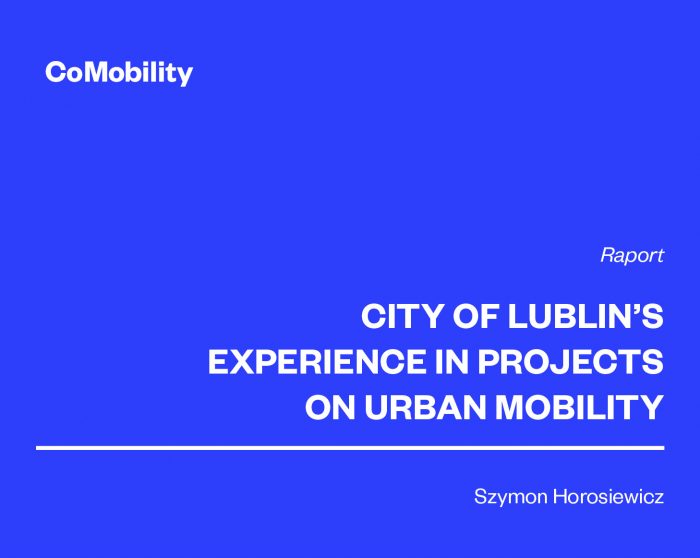
Patterns in the mobility and ownership of private cars and alternative transport modes
Citizens
Artykuły naukowe
Read the working paper focusing on Warsaw and Poland by Shahriar Akhavan, Maciej Grzenda, Anna Nicińska, Joanna Rachubik, Satia Rożynek, Jakub Zawieska and Grzegorz Kula published by Faculty of Economic Sciences (UW)
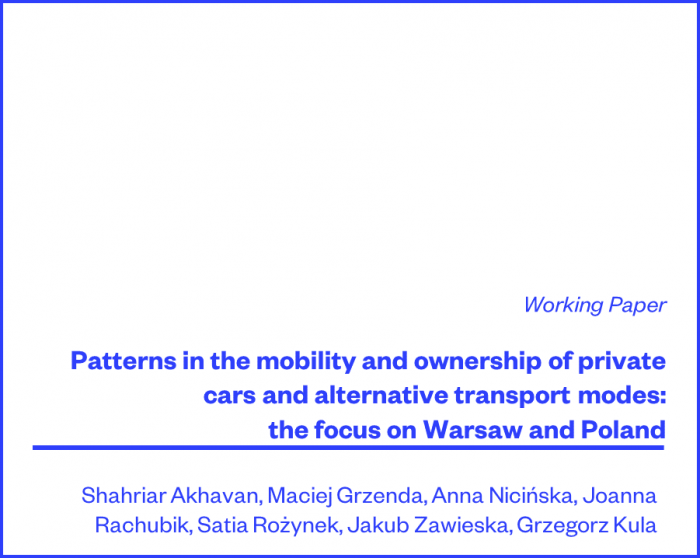
The Working Paper is available ➔ HERE
Highlights:
- Despite Warsaw’s public transport evolving towards sustainability over recent decades, the city has continued to see a rise in the number of cars per capita since the 1990s, a trend further propelled by changes in suburban public transport services.
- Experiencing a dynamic growth in its motorization rate, Poland ascended to the third position among European Union (EU) countries in 2020, trailing only Luxembourg and Italy, in terms of the number of passenger cars per 1000 inhabitants.
- Our analysis of the Household Budget Survey for 2010-2018 confirms a gradual growth in the number of private cars per Polish household. However, the number of bikes continuously oscillates around 1.1 per household, with no significant changes over time.
- Between 2015 and 2022, there was a notable decrease in people travelling on foot and an increase in private transport usage, with a slight overall decrease in public transport usage and stable bicycle usage.
- Our analysis underscores the significance of considering intrinsic motivators and psychological inclinations alongside improvements in public transport provisions, such as accessibility and price reductions, to effectively influence and establish sustainable transportation habits among citizens.




